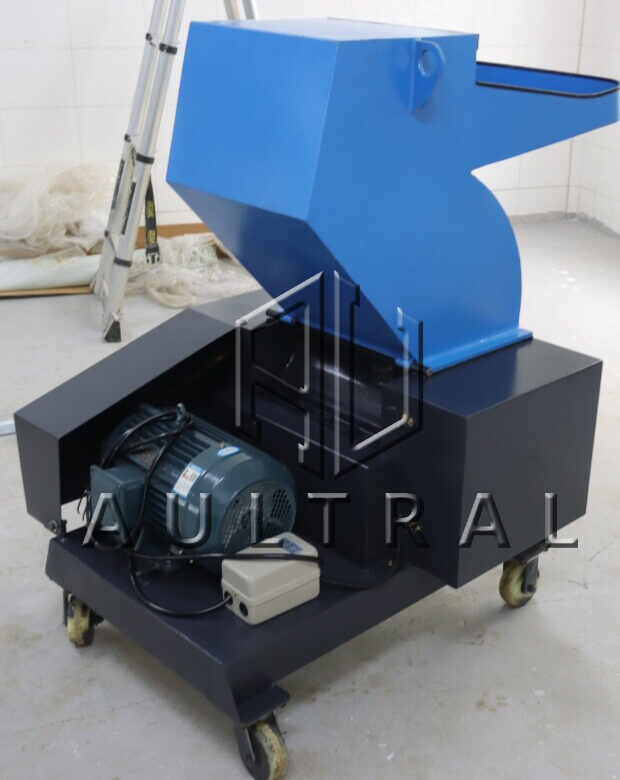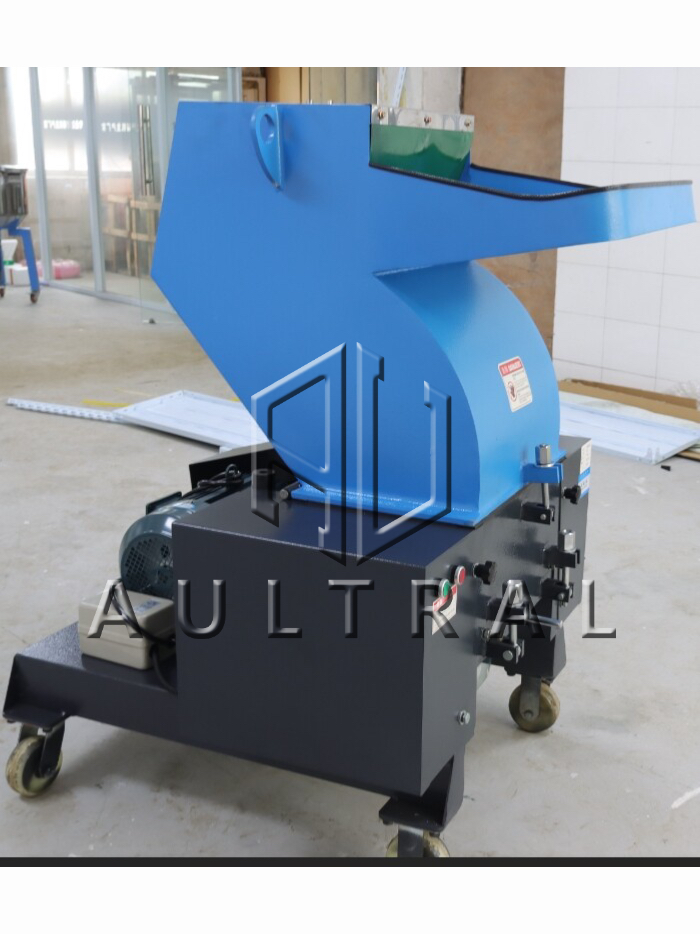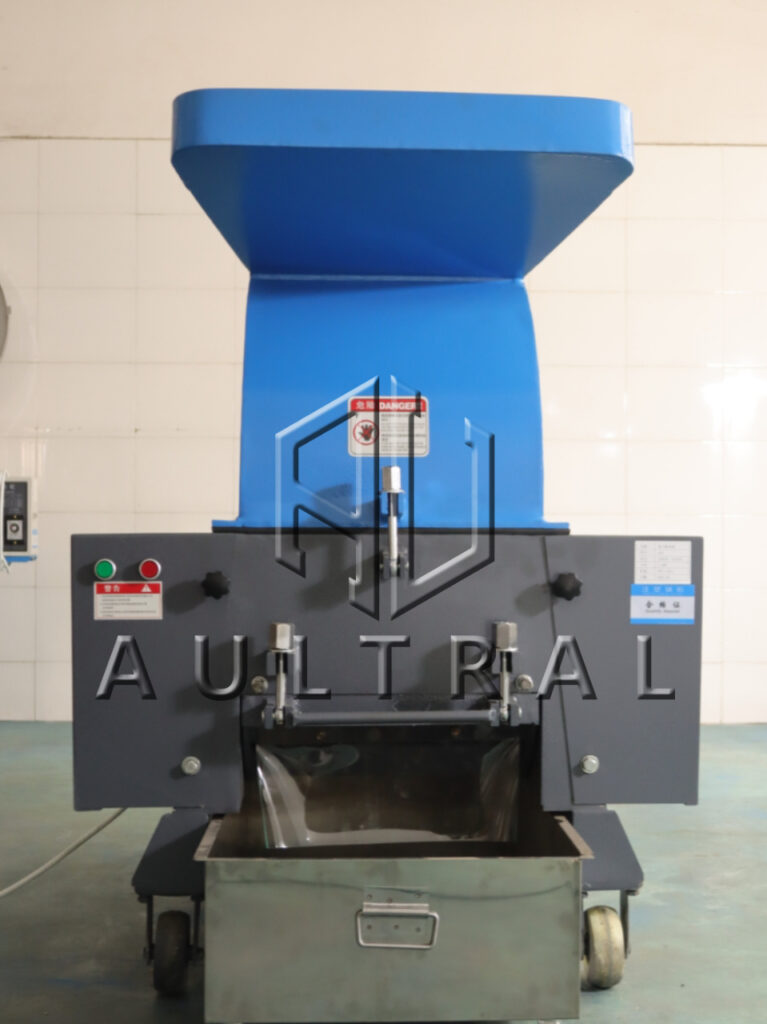What is a plastic crusher machine?

A plastic crusher machine is specialized equipment designed to shred and crush plastic waste into smaller, uniform particles. It plays a critical role in plastic recycling, reprocessing, and manufacturing, serving as a key pre-processing tool.
The machine works by using high-speed rotating blades to break down larger plastic items—such as PET bottles, films, pipes, packaging materials, and containers—into small granules. These granules are:
-
Easier to transport and store
-
More efficient to process in downstream recycling steps such as melting, pelletizing, or molding
By reducing the size of bulky plastic waste, crusher machines not only cut handling costs but also support sustainable resource recycling, making them essential in the global effort to reduce plastic pollution.
Why use a plastic crusher machine?

Plastic waste is often bulky, inconsistent in shape, and difficult to manage. A plastic crusher solves these challenges while delivering economic and environmental benefits.
✅ Key Advantages:
-
Improved Storage & Transport – Crushed plastics take up less space, maximizing warehouse capacity and lowering transport costs.
-
Higher Production Efficiency – Smaller, uniform particles melt more evenly during reprocessing, resulting in better-quality recycled products.
-
Protects Downstream Equipment – Removing bulk and impurities reduces strain on extruders, pelletizers, or molding machines.
-
Cost Savings – Cuts waste management expenses and allows businesses to reuse materials, turning waste into profit.
-
Supports Sustainability – Meets stricter environmental regulations and contributes to the circular economy by enabling plastics to be recycled into new products.
👉 For recycling centers, manufacturers, and environmental agencies, plastic crushers are no longer optional—they’re indispensable.
How to use a plastic crusher machine?

Operating a plastic crusher is straightforward but requires proper setup, safe handling, and regular maintenance for best results.
Step 1: Preparation
-
Install the machine on a stable surface.
-
Check all electrical connections.
-
Inspect blades—ensure they are sharp and intact.
Step 2: Feeding
-
Remove hard contaminants (like metals or stones) from materials before feeding.
-
Feed materials evenly and adjust the speed according to machine specifications.
-
Avoid overloading to prevent jamming or overheating.
Step 3: Crushing Process
-
The rotating blades shred plastics into small granules.
-
Adjust the screen size to control final particle size based on application needs.
Step 4: Maintenance
-
Regularly lubricate the blade shaft and bearings.
-
Clean the crushing chamber to prevent blockages.
-
Inspect blades and replace them when worn.
-
Train operators to follow safety guidelines and wear protective equipment (gloves, goggles, ear protection).
With correct usage and maintenance, a plastic crusher delivers stable performance, long service life, and higher recycling efficiency.
Conclusion
A plastic crusher machine is a must-have in modern recycling and manufacturing. By reducing bulky waste into manageable granules, it:
-
Cuts costs
-
Boosts efficiency
-
Supports environmental protection
Whether for a small workshop or a large-scale recycling plant, investing in a plastic crusher helps businesses turn waste into value while promoting a cleaner and more sustainable future.
